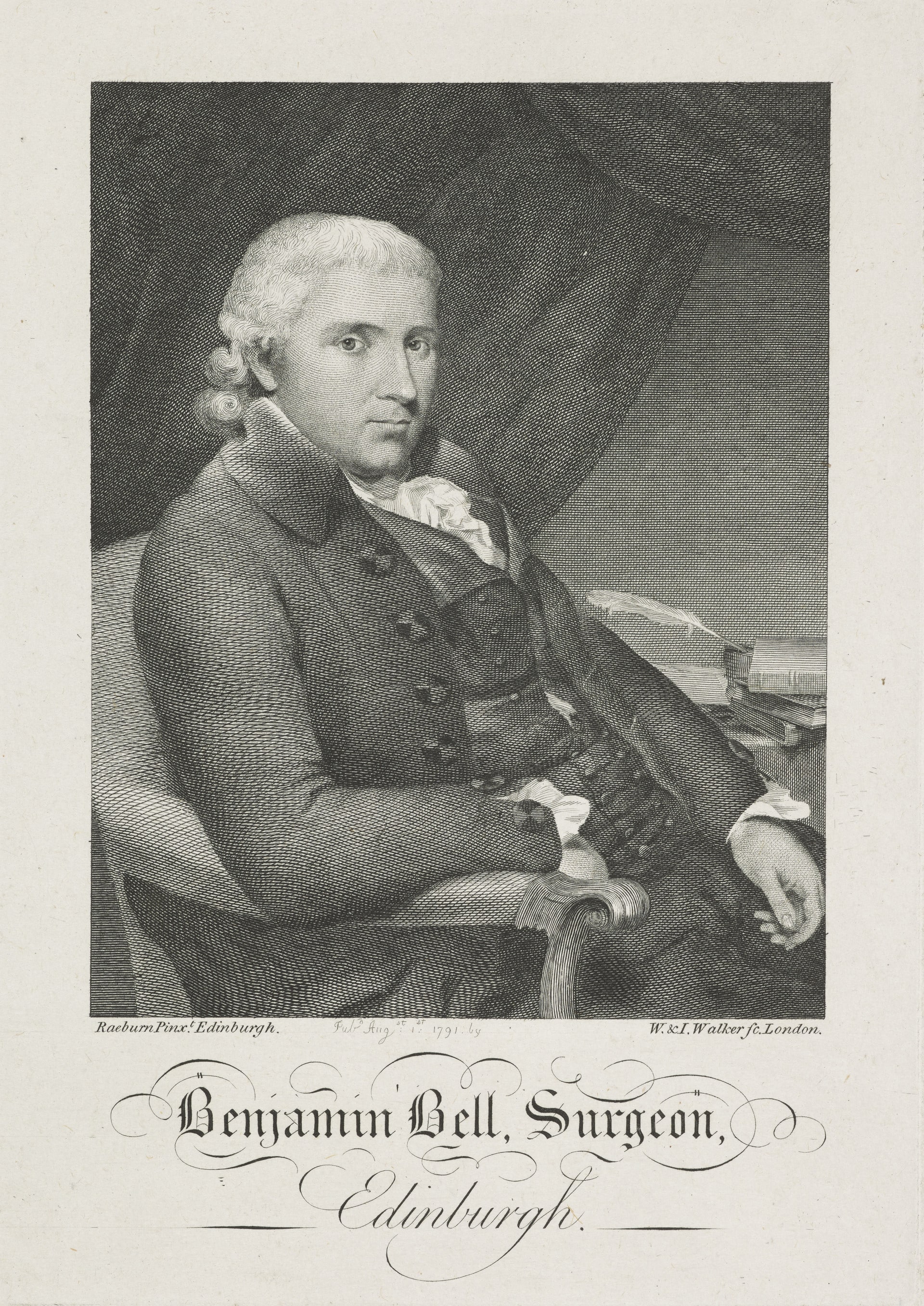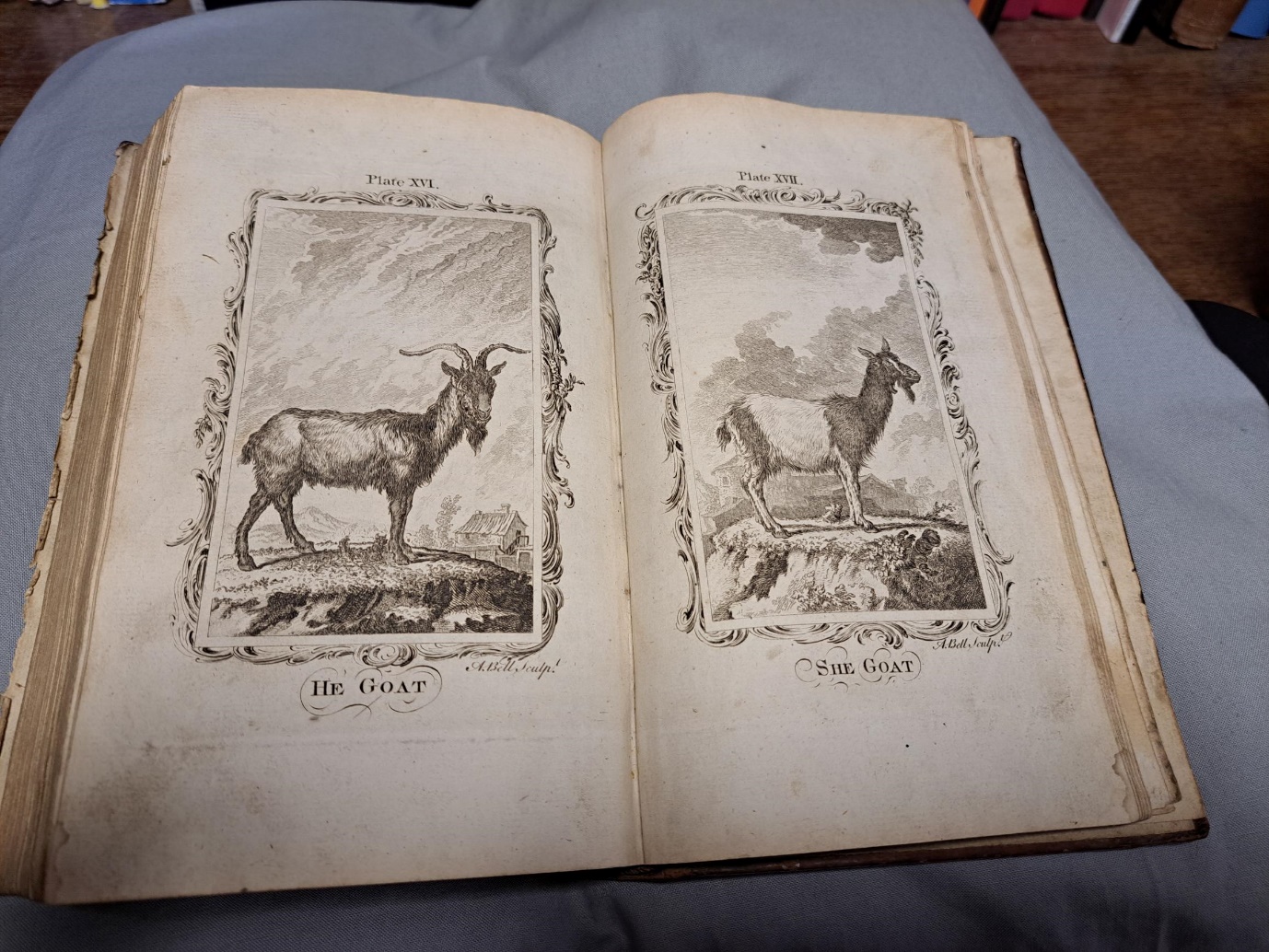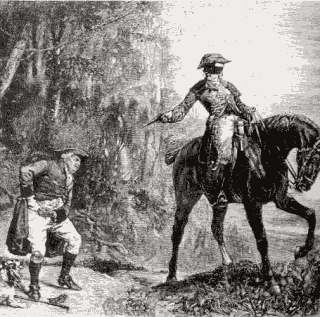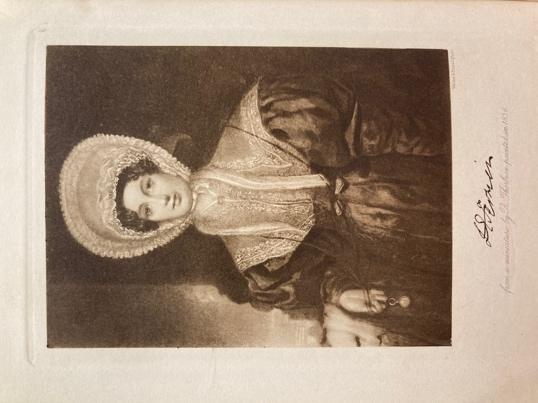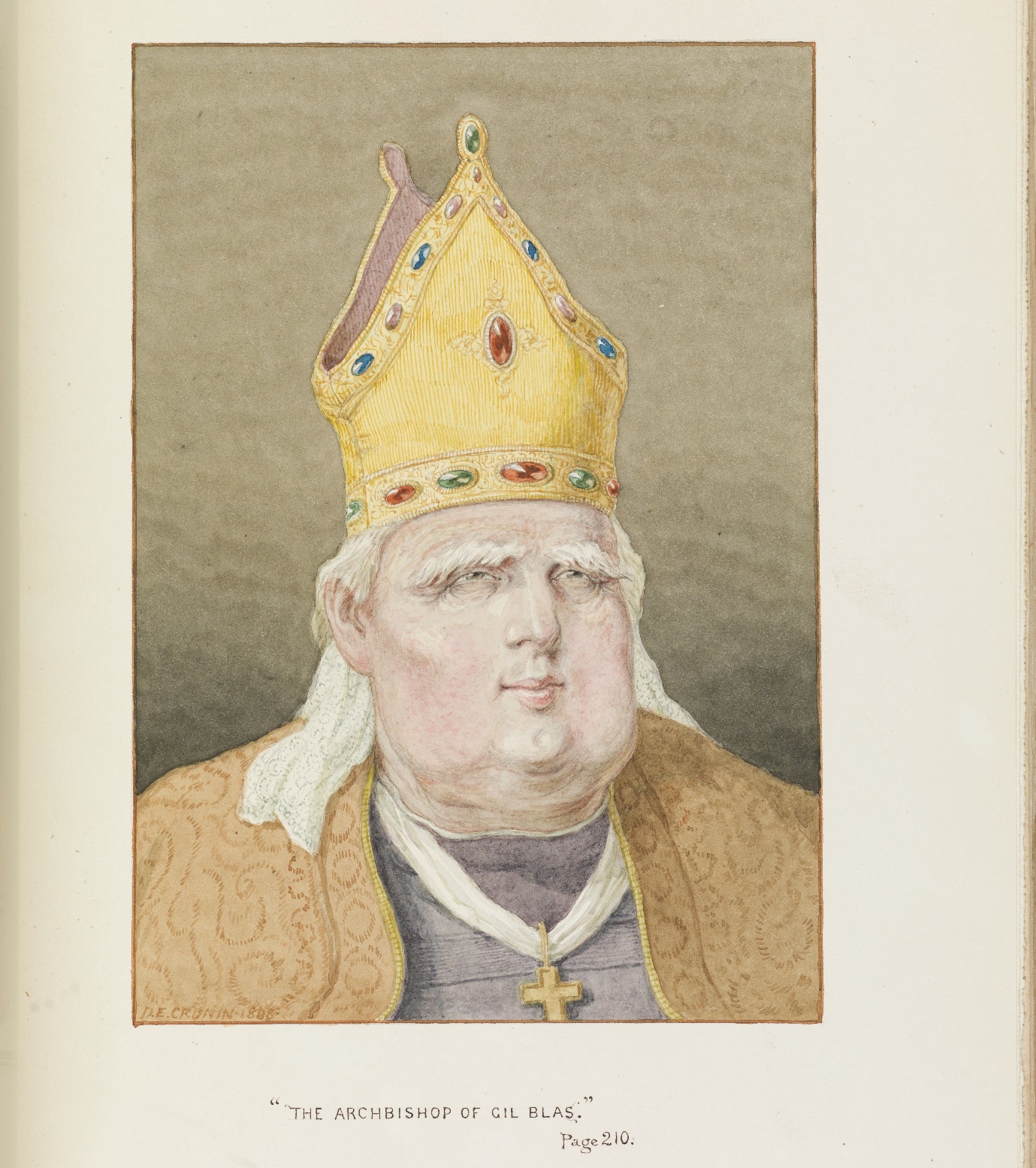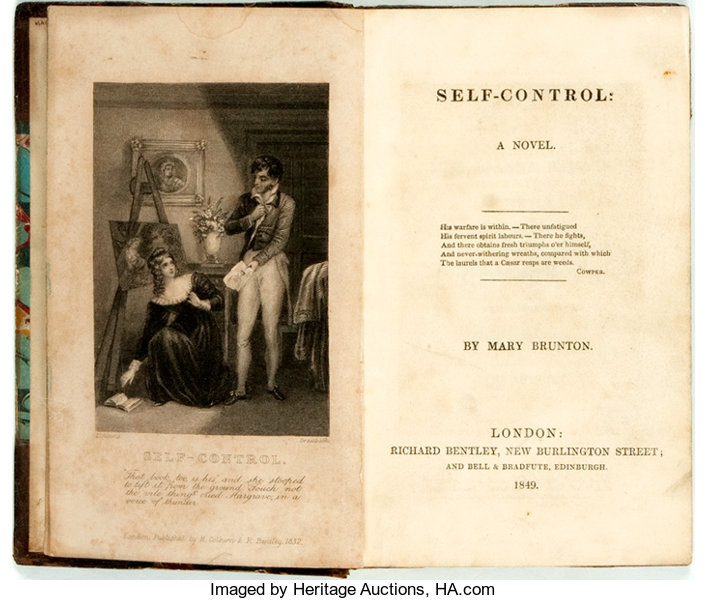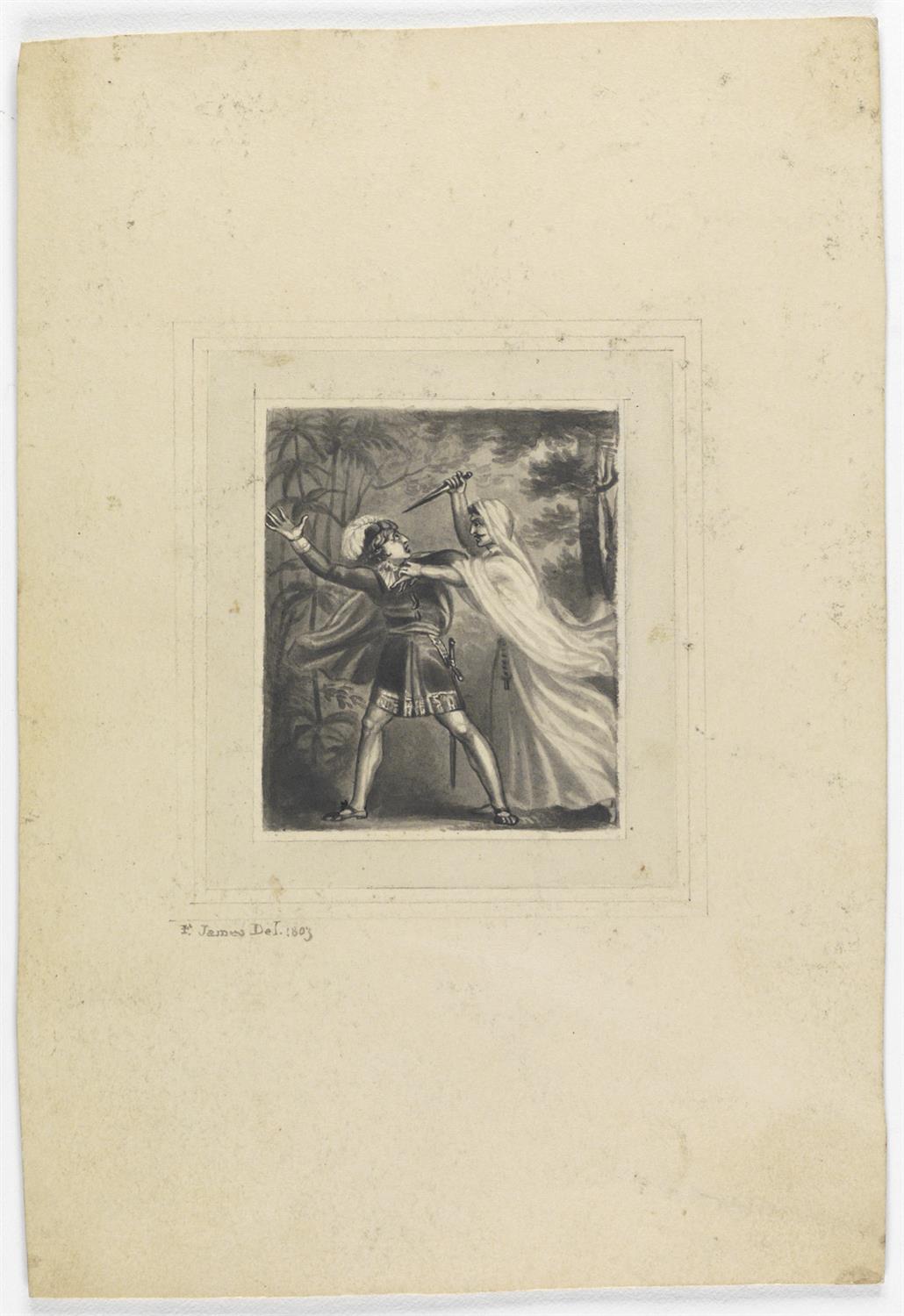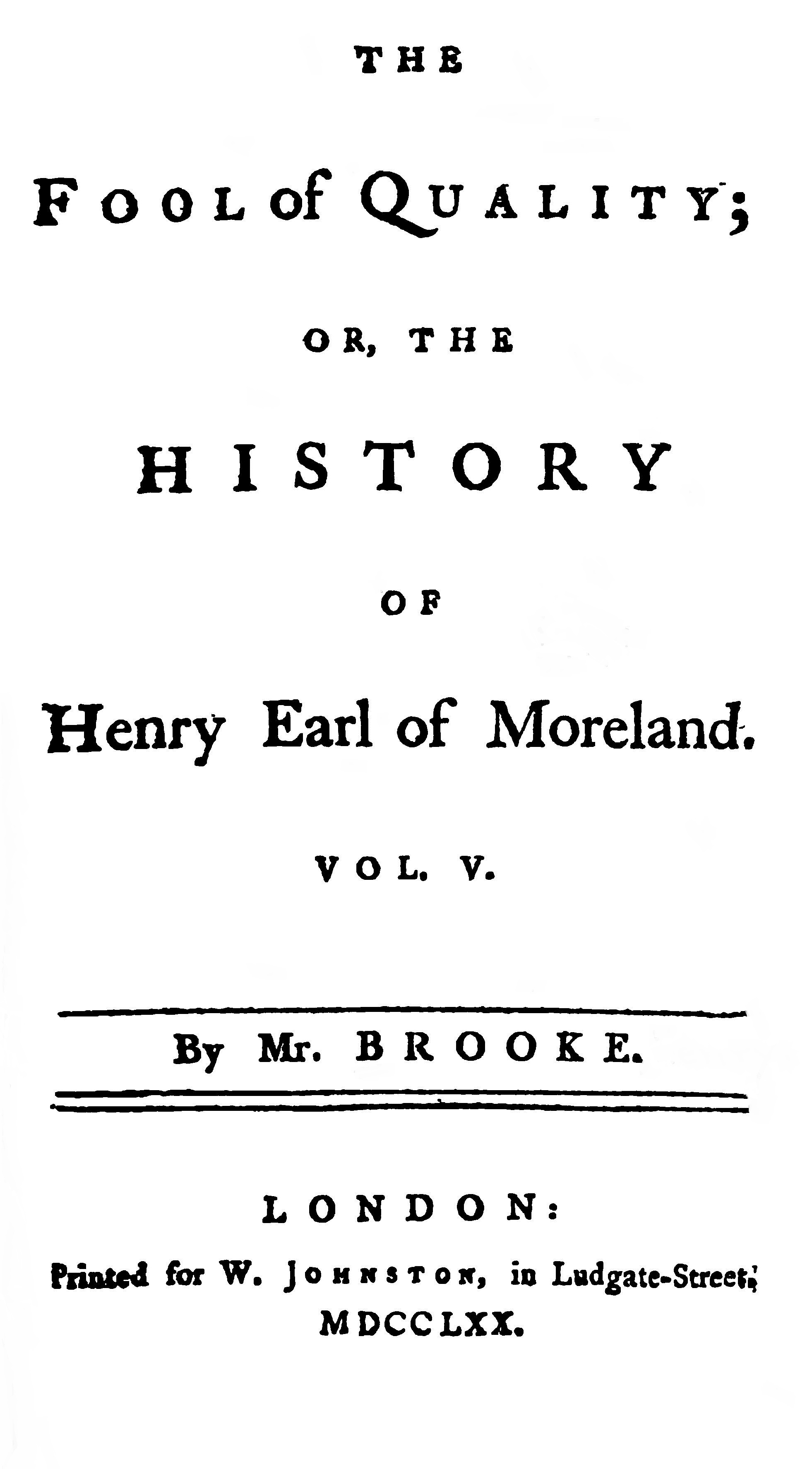Category: Forgotten Best-Sellers
Forgotten Best-Sellers: ‘Bell’s Surgery’
‘Bell’s Surgery’, or, to give it its proper title, A System of Surgery, was published in its first edition in six volumes between 1783 and 1788. It was a popular textbook that became what Richard Sher describes as a ‘strong seller’[1] with seven editions in print by 1801. Its influence went beyond its sales figures. […]
Forgotten Best-Sellers: Elizabeth Hamilton’s The Cottagers of Glenburnie (1808)
In 1808, Scottish author Elizabeth Hamilton published her third and final novel, titled The Cottagers of Glenburnie. As Pam Perkins observes in her introduction to what is currently the only extant scholarly edition of this novel, Cottagers became ‘when it was first published […] an immediate critical and popular success’.[1] It is with this success […]
Forgotten Bestsellers: George-Louis Leclerc, Comte de Buffon’s Histoire Naturelle (1749-88)
In our series on Forgotten Bestsellers, we have tended so far to focus on works of fiction, which I fear may perhaps have given loyal readers a slightly false impression of the genres most often borrowed from our libraries. In fact, although fiction does become very popular in the early nineteenth century, it is not […]
Another Forgotten Bestseller: Edward Bulwer Lytton’s Paul Clifford (1830)
To celebrate Book Week Scotland this week, we are presenting another forgotten bestseller. “It was a dark and stormy night”. Inspired by Linda Cracknell’s Creative Writing workshop in August, I decided to read the book with that famous first line. The book is, of course, Edward Bulwer Lytton’s Paul Clifford, first published in 1830, and […]
Forgotten Best-Sellers: Susan Ferrier’s The Inheritance (1824)
In 1824, Edinburgh-born Scottish novelist Susan Ferrier published her second of three novels, titled The Inheritance. The Inheritance was preceded by Marriage, published in 1818, and followed by Destiny, which was published in 1831. Ronnie Young describes The Inheritance as ‘the most critically successful of [Ferrier’s] works’,[1] and indeed, on 11 June 1824, Ferrier’s publisher, […]
Forgotten Best-Sellers: The World Displayed; or, a Curious Collection of Voyages and Travels
From the moment I began to seriously crunch the numbers on the borrowers’ records of the Royal High School, the unrivalled popularity of two titles came to the fore: Charles Rollin’s Ancient History of the Egyptians, Carthaginians, Assyrians, Babylonians, Medes and Persians, Macedonians, and Greeks and The World Displayed; or, a Curious Collection of Voyages […]
Forgotten Best-Sellers: Alain-René Lesage, Gil Blas (1715-35)
Over the past few weeks, prompted by seeing a copy of it in Walter Scott’s library during our trip to Abbotsford, I have been enjoying reading another forgotten best-seller, Alain-René Lesage’s L’Histoire de Gil Blas de Santillane. I’ve been reading it in the 1748 translation by Tobias Smollett, The Adventures of Gil Blas of Santillane, […]
Forgotten Best-Sellers: Mary Brunton’s Self-Control (1811)
In her blog last week, Katie Halsey introduced the first of a new series within the Books and Borrowing blog: the ‘Forgotten Best-Sellers’. These best-sellers must ‘either top the charts in a single library, or…appear frequently across a large number of different libraries’; they are works that ‘were clearly popular and important in their own […]
Forgotten Best-Sellers: John Moore’s Zeluco (1789)
In this blog, I am initiating a new thread in our blogposts, which we’re calling ‘Forgotten Best-Sellers’, in homage to Robert Darnton’s great work The Forbidden Best-Sellers of Pre-Revolutionary France (1996). While the work of the ‘Books and Borrowing’ project focuses more on what we might more accurately call ‘Most-Borrowed’, rather than ‘Best-Selling’ works, the […]
Life Cycles and Henry Brooke’s The Fool of Quality
In each of our weekly meetings for Books and Borrowing, we talk a bit about what we’ve been noticing in the registers – strange anomalies, popular books, quirks of record-keeping practices and so on. Sometimes the popular books becoming apparent from the data we’re transcribing are relatively predictable: for example, the works of Charles Rollin […]

